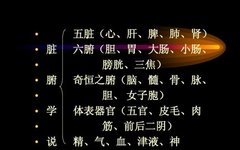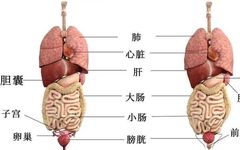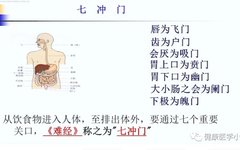Ni Haixia: What Are the Operational Principles of the Human Five Organs and Six Bowels?
The five organs are collections, representing Yin.The bowels are part of the digestive system, representing Yang. In this context, Yin Wood refers to the liver (Gan), Yang Wood refers to the gallbladder (Dan), Yin Fire refers to the heart (Xin), and Yang Fire refers to the small intestine (Xiao Chang). Fire has two aspects: the … Read more










